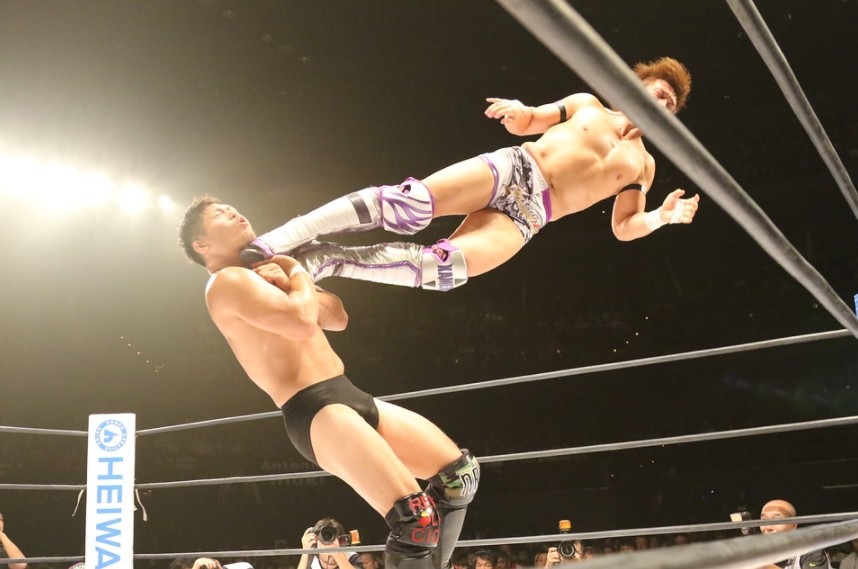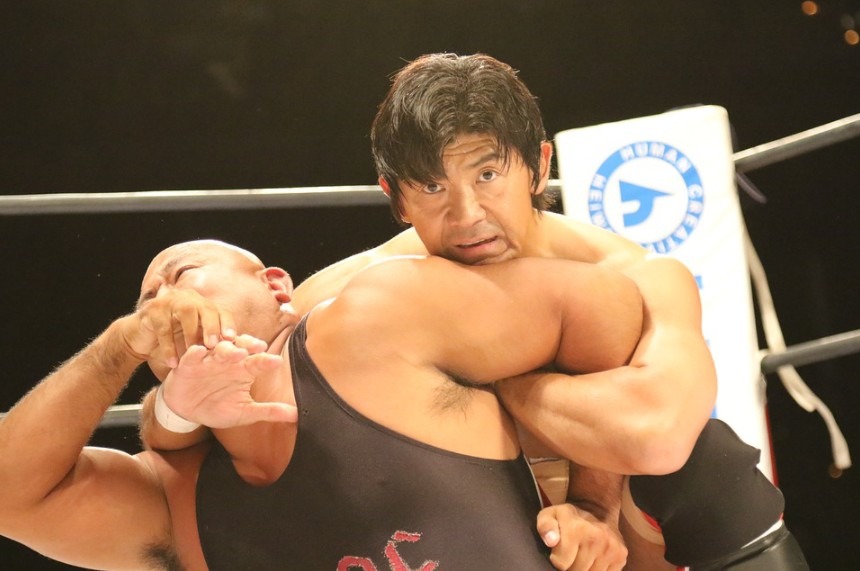Professional wrestling has been one of the most popular forms of entertainment in the United States for over 60 years, mainly due to the theatrics and incredible storylines that are occurring inside and outside the ring between famous professional wrestlers. However, professional wrestling is not only popular in the US, as it is also well-known in Japan as well, and some of the most iconic wrestlers in the United States often start their blossoming careers in Japan before stepping on the big stage in their home country.
In Japan, professional wrestling is called “Puroresu,” the Japanese slang for the name of the sport. Although Puroresu is not considered as a legitimate sport even by most of its fans, it is still able to get plenty of viewers because of its ability to inspire people to persevere under any circumstance, which is often the storyline and theme in the sport. To learn more about what makes this form of entertainment among kids and adults alike, here is the guide to Japanese Puroresu wrestling.
Origins of Puroresu
Before Puroresu was conceptualized, there were already Japanese wrestlers that are participating in professional wrestling in the United States. The first official Japanese wrester was Matsuda Sorakichi, a former sumo wrestler who debuted in the wrestling ring in 1883 in the US.
Soon after, many Japanese sumo wrestlers began participating in professional wrestling, with one of them being Matsuda’s friend Hamada Shokichi. As they are slowly becoming known in Japan as professional wrestlers in the United States, they brought the sport with then in their home country and hosted an exhibition match in 1887. Unfortunately, the event was deemed a failure during that time, as they were not enough audience members to stir conversations about professional wrestling. Despite the failure, Hamada and Matsuda’s match will forever be etched in Puroresu history as the first-ever professional wrestling match in Japan.
Interest in professional wrestling in the eastern country would only peak in 1951 when wrestler Rikidozan started participating in matches in the United States. Wanting to popularize the sport even further in Japan, Rikidozan founded the Japan Pro Wrestling Alliance (JWA) in 1953.
A few years after the founding of JWA, many other promotions and organizations started to pop up to compete with the JWA, included Tokyo Pro Wrestling and International Wrestling Enterprise. Unable to keep up with the popularity of the newly formed promotion, the JWA was eventually defunct on April 14, 1973, following the resignation of their star wrestlers Giant Baba and Antonio Inoki, who would form their own promotions soon.
What is Different about Poruresu?
Although professional wrestling in the United States and Japan are basically the same in terms of rules, mechanics, and marketing, there are some significant differences between them. For one, Poruresu would usually have events that involve both professional wrestling matches and mixed martial arts matches in order to provide variety for the audience. The combining of the two sports is often attributed to Antonio Inoki, who, besides being a professional wrestler, is also known for having knowledge and expertise in mixed martial arts.
The most popular theme in Poruresu is “fighting spirit,” which is where certain star wrestlers would often have unending perseverance to overcome even the toughest opponents. In addition, some wrestlers would even draw the fighting spirit from the audience, who are usually eager to cheer on their favorites.
There are two well-known styles in Poruresu. The first one is “strong style,” a style popularized by Antonio Inoki and promotes the use of specific mixed martial arts moves to make the match more entertaining. The martial arts moves would often appear believable for the audience as they implore a sufficient amount of force to be pulled off efficiently, hence the reason why the style is called “strong.”
The second popular style is Ōdō, otherwise known as King’s Road in the US. In King’s Road, the focus of the matches is often about the storylines, and it often involves more conversations between opponents that would typically escalate intro brutal grudge fights. The fights that occur in King’s Road would usually look “personal” for the opponents, as they wanted to express their anger towards their enemy by executing heavy strikes and suffocating grabs or holds.
Joshi Poruresu
Much like American professional wrestling, Puroresu also has a division that is made specifically for women, and this division is called Joshi Puroresu. Professional wrestling for women in Japan is usually handled or organized by other promotions, as opposed to American wrestling that has the same promotion for men and women.
One of the most highly regarded Joshi Puroresu promotions was All-Japan Women’s Pro-Wrestling (AJW), which organized matches from 1968 to 2005. Before its discontinuation, the AJW was the longest-running wrestling promotion in Japan, and it would often overtake men’s Puroresu in total viewers in several years of its run.
Puroresu remained a popular form of entertainment in Japan for more than 60 years, and its popularity would often attract foreign wrestlers to participate in local promotions, as these Puroresu organizations serve as a stepping stone for their stardom in the industry. Today, Puroresu is regarded to be the second-best behind American professional wrestling, but it may overtake its Western rival in the near future as they are beginning to gain remarkable talents or wrestlers steadily over the years.


